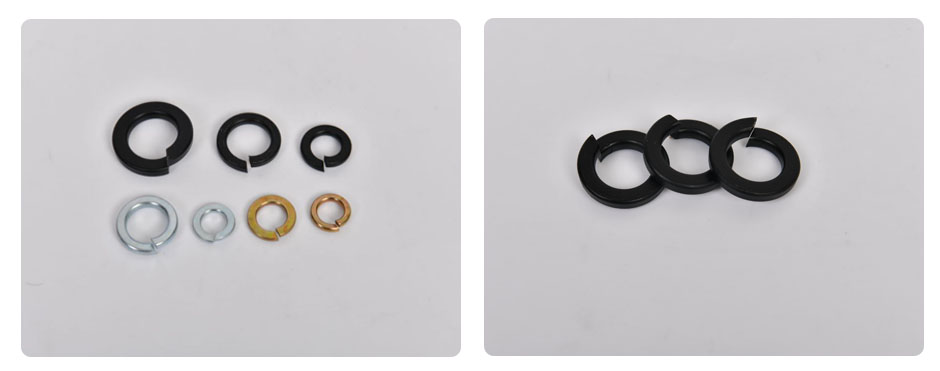Understanding Drywall Screw Pops in New Construction and How to Prevent Them
Understanding Drywall Screw Pops in New Construction Causes, Prevention, and Solutions
In the realm of new construction, achieving a flawless finish is a paramount goal for builders and homeowners alike. However, one of the common issues that can mar that finish is the phenomenon known as drywall screw pops. These unsightly blemishes can occur even in newly constructed homes, raising concerns about the quality of the work and the potential for future problems. In this article, we will delve into what drywall screw pops are, their causes, how to prevent them, and the best practices for addressing them if they do occur.
What Are Drywall Screw Pops?
Drywall screw pops refer to the noticeable bumps or protrusions on the surface of drywall, caused by screws that have become loose and pulled out from the wall framing. These pops are not only unsightly but can also compromise the integrity of the wall finishes if not addressed promptly. Typically, they manifest as small, raised areas where the head of the screw is visible or slightly misaligned, often accompanied by cracking or separation in the joint compound or paint finish.
Causes of Drywall Screw Pops
Several factors contribute to the occurrence of drywall screw pops in new construction
1. Moisture and Climate Changes One of the primary contributors to screw pops is the natural expansion and contraction of building materials in response to changes in humidity and temperature. When wood frames dry out, they can shrink, leading to loosened screws.
2. Improper Installation If screws are overdriven or not sunk correctly into the drywall, it can lead to weak holds. Additionally, if the drywall is not secured properly to the studs, it can contribute to screw pops.
3. Settlement of the Building New constructions undergo settling during the first few months or years. This settling can shift structural elements, putting pressure on drywall screws and causing them to pop.
4. Use of Inadequate Fasteners Using screws that are too short or of poor quality can lead to improper anchoring, increasing the likelihood of screw pops.
5. Tension from Home Movement Homes are dynamic; they move, settle, and expand. Any dynamic movement can cause stress on the drywall, leading to the emergence of screw pops.
Prevention Tips
Preventing drywall screw pops starts with proper construction practices
. Here are several effective strategiesdrywall screw pops new construction quotes

1. Use Quality Materials Opt for high-quality screws and drywall. Use moisture-resistant drywall in areas prone to high humidity to mitigate potential issues.
2. Proper Installation Techniques Ensure that screws are driven just below the surface of the drywall without breaking the paper layer. This practice allows for better mud adhesion and prevents screws from becoming loose.
3. Account for Movement When framing, allow for slight movements by not over-tightening screws and ensuring a proper drywall hang that can accommodate the building's natural settling.
4. Moisture Management Control the humidity levels in newly constructed homes with the use of dehumidifiers and ensuring good ventilation during the drying phase of construction.
5. Regular Inspections Perform periodic checks for signs of screw pops, especially in the first year after construction. Early detection can facilitate a swift repair and prevent further damage.
Addressing Screw Pops
If screw pops do occur, the repair process can be straightforward. For small pops, you can
1. Re-Drive the Screw Use a screwdriver to re-secure the loose screw. Be careful not to overdrive it.
2. Repair the Surface Apply joint compound over the affected area, feathering it out to blend with the surrounding wall. Once it’s dried, sand it down and repaint.
3. Consult Professionals For extensive damage or persistent issues, consult a professional contractor to assess the underlying causes and implement lasting solutions.
Conclusion
While drywall screw pops are a common issue in new construction, understanding their causes and implementing good practices can significantly reduce their occurrence. By investing in quality materials, adhering to proper installation techniques, and taking proactive measures to manage moisture and structural stability, homeowners can enhance the quality of their new homes and enjoy a seamless, beautiful finish for years to come.
-
Top Choices for Plasterboard FixingNewsDec.26,2024
-
The Versatility of Specialty WashersNewsDec.26,2024
-
Secure Your ProjectsNewsDec.26,2024
-
Essential Screws for Chipboard Flooring ProjectsNewsDec.26,2024
-
Choosing the Right Drywall ScrewsNewsDec.26,2024
-
Black Phosphate Screws for Superior PerformanceNewsDec.26,2024
-
The Versatile Choice of Nylon Flat Washers for Your NeedsNewsDec.18,2024










